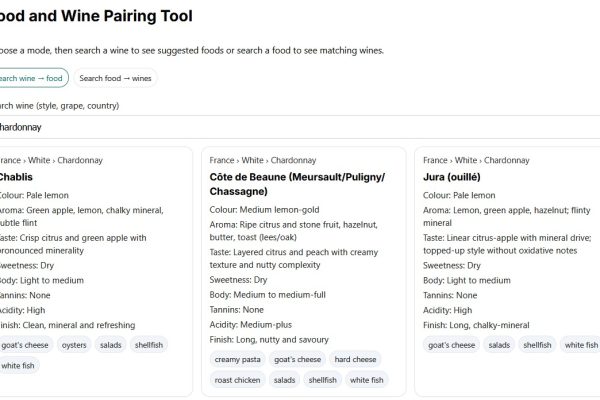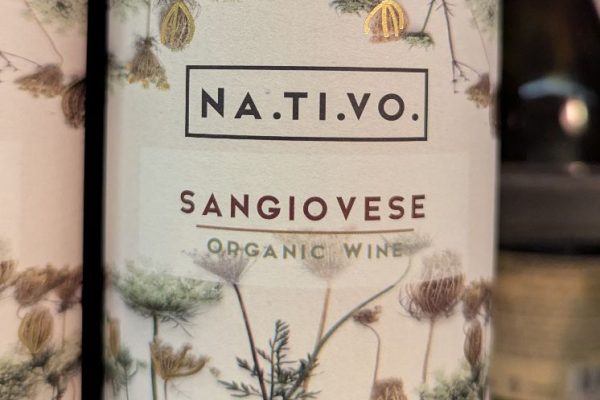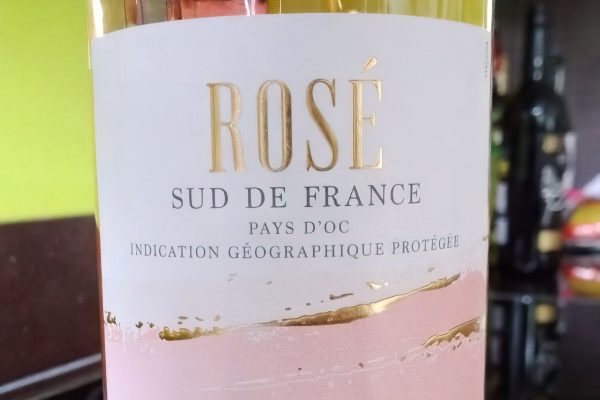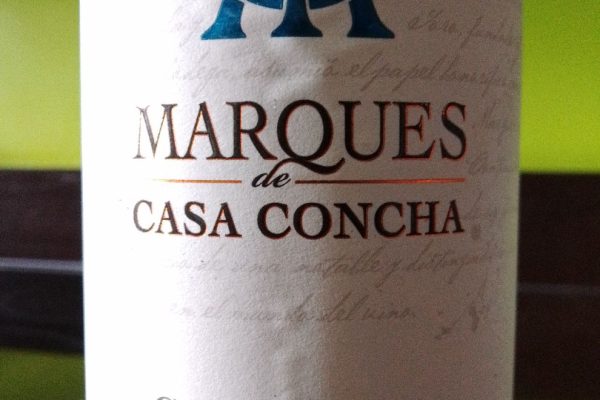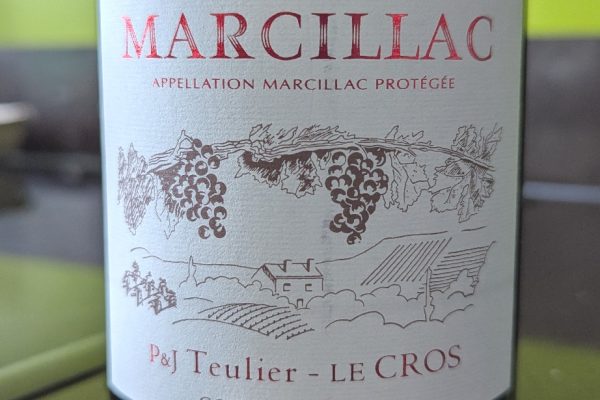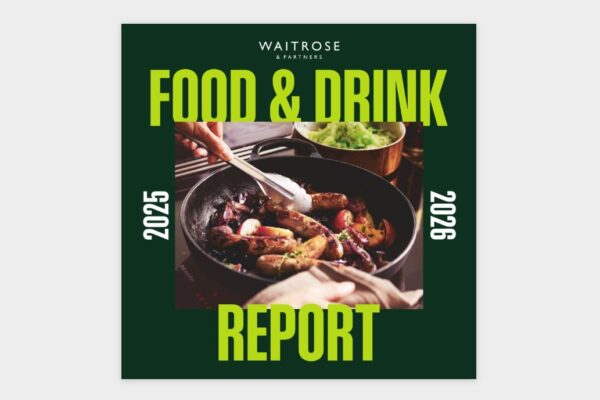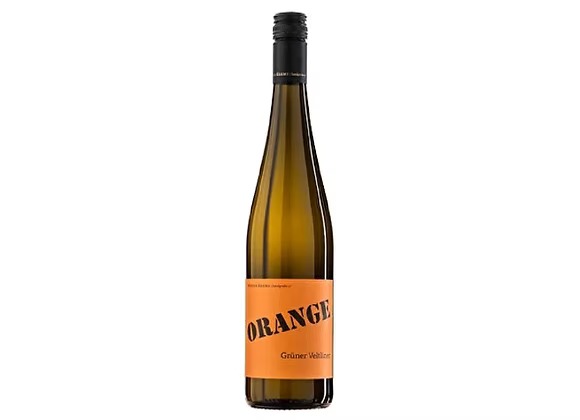
IWSR is reporting that wine markets are increasingly reliant on drinkers aged 55 and above, as younger legal drinking age consumers are drinking wine less frequently. In Australia, for instance, the number of 18–24-year-olds consuming wine at least monthly halved between 2010 and 2023. This trend presents a challenge for wine producers trying to engage Gen Z, a generation that is health-conscious, interested in moderation, and exposed to a wider range of beverage options.
Gen Z consumers are less familiar with traditional wine regions and varietals and are sensitive to price increases. They are also moving away from traditional wine-drinking occasions, prompting the industry to rethink its approach. To appeal to this generation, brands are moving beyond tradition and exploring alternative styles such as orange wine, co-ferments and chilled reds. Sustainable practices and low- and zero-alcohol options are also gaining traction.
In terms of packaging, Gen Z prefers convenient and sustainable formats like ready-to-drink (RTD) options, Bag-in-Box and resealable aluminium bottles. Authenticity is key, with social media engagement and cultural relevance playing a significant role in brand success. Collaborations with artists, celebrities, and designers, along with bold branding and limited-edition packaging, are helping wine brands remain visually appealing and shareable.






